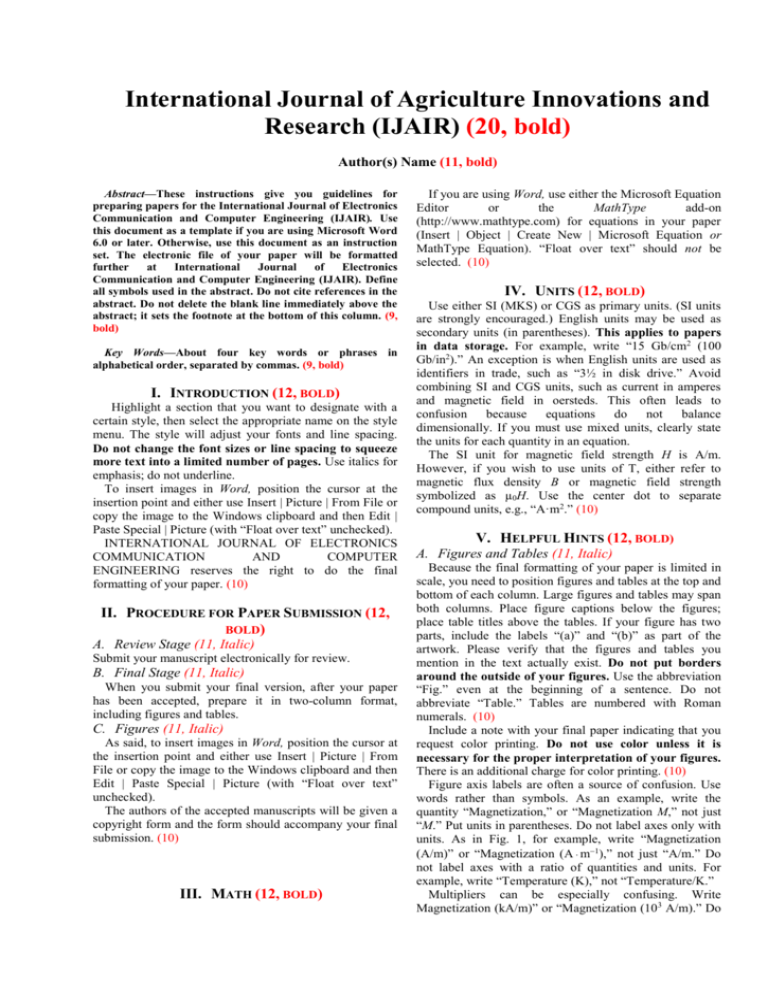
The design isn't just intended for business documents: The regular weight has been extended with a large set of math and science symbols. When Cambria is used for captions at sizes over 20 point, the inter-character spacing should be slightly reduced for best results. This principle is most noticeable in the italics where the lowercase characters are subdued in style to be at their best as elements of word-images. Diagonal and vertical hairlines and serifs are relatively strong, while horizontal serifs are small and intend to emphasize stroke endings rather than stand out themselves. It has very even spacing and proportions. Finished! If you want crossouts on the first degree term in the sub-products, add them using the techniques you learned above.Cambria has been designed for on-screen reading and to look good when printed at small sizes. Press enter and type x², followed by 2 → as above. On the Contextual tab, click the Insert line button to add a line beneath the sub-product. In fact, it won't appear to have moved at all, but it did.

After you type the superscript, press → once to place the insertion point to the right of x². If we begin typing there, the result will not be good: The insertion point (cursor) is in the units digit. Type the first line of the sub-product, then press enter : If you want a bit more space between the operator (×) and the multiplicand, press space to the left of the multiplicand. Type the multiplier, x + 1, then the multiplicand, x - 1. See if you can complete the division problem, using a process similar to what we've already done. Before we continue, we want a line beneath 12, so on the Contextual tab, click Insert line: MathType knew what you wanted to do, and it left the dividend alone and added a slot beneath it for the first subtraction step. Unless you pressed → twice to place the cursor at the end of the dividend, it looked like this when you pressed Enter. Notice the cursor does not have to be at the end of the line. Press ↓ to place the cursor back into the dividend. Click in the quotient to the left of 1, or use arrow keys to get there. The quotient doesn't align correctly with the dividend, so let's shift the quotient to the right by one digit. Now you're in the quotient, so type 16.5. Since the cursor is flashing inside the divisor, we'll start there. On the Matrices and elementary tab, you'll see a template for long division. The other amount of space we added should look the same no matter what font or size you're using. Note: We're using "Classic" font and 18px font size for this example, so if you're using a different font and font size, the amount of space below your first row may look like a different amount than ours. Let's add 0.5em horizontal frame spacing and 0.8ex (that's ex, not em) vertical frame spacing. Let's add 1em of space to the right of the first column, and 18px below the first row. For each of these settings, you can enter a value with a unit, e.g., 1.5em. Frame spacing is the spacing between the frame and the table elements. These 4 buttons control the spacing to the right of a column (button in the upper left of the screen shot below), and below a row (bottom left), as well as horizontal and vertical "frame spacing" (top right and bottom right, respectively). Let's add a frame to our table by clicking this button. In MathType as well as in MathML, a frame is simply a box around a table or matrix.

For our purposes, it doesn't matter what the values are, but we've set up some x and y values for a 2nd degree function: Now you have this:Įnter some values in your table.

Further, add a line beneath the first row and to the right of the first column.
MS WORD MATHTYPE EXPONENTS HOW TO
We already know how to create a table, so create a 6×2 table, with equal column widths and with right alignment on the first column.
MS WORD MATHTYPE EXPONENTS MAC
Installing MathType 7 for Windows and Mac.MathType Add-in for Word in Microsoft 365.


 0 kommentar(er)
0 kommentar(er)
